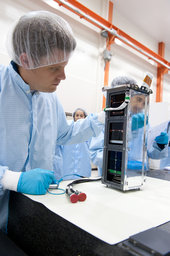 ESA invites European student teams who are building CubeSats with mainly educational objectives to propose their satellite for the new ‘Fly Your Satellite!’ programme.
ESA invites European student teams who are building CubeSats with mainly educational objectives to propose their satellite for the new ‘Fly Your Satellite!’ programme.
‘Fly Your Satellite!’ is an exciting new initiative from the ESA Education and Knowledge Management Office. It is focused on CubeSat projects run by university students and builds on the successful ‘CubeSats for the Vega Maiden Flight’ pilot programme, which culminated in 2012 with the launch of seven university student-built CubeSats on board the Vega Maiden Flight.
In the future, this new initiative is intended to cover the complete development process of a satellite from concept to launch. However, the 2013 edition will be dedicated to teams whose satellite is already at an advanced stage of development and able to complete the Flight Model assembly by June 2013. One, two or three-unit CubeSats are eligible.
The ‘Fly Your Satellite!’ programme envisages three consecutive activity phases, with intermediate reviews that the student teams will have to pass to be accepted into the next phase.
Phase 1: Build Your Satellite
During Phase 1 the CubeSat teams shall complete the integration and functional testing of their CubeSat’s Flight Model in ambient conditions. They shall submit related documentation and data packages to be compiled following ESA guidelines.
At the end of Phase 1, the CubeSats development status and their data package documentation will be reviewed by ESA specialists who will select the teams for Phase 2 (the environmental test campaign).
Phase 2: Test Your Satellite!
During Phase 2 the selected teams will be supported by ESA during the task of performing environmental tests on their satellites. These will include vibration and thermal-vacuum tests. For this activity, ESA will offer the use of a Thermal Vacuum chamber and a mechanical shaker.
The definition of the launcher and the mission’s environmental requirements are not yet expected to be known by the time of Phase 2. Therefore the environmental tests will be performed against an envelope of generic requirements that will be agreed between the ESA specialists and the CubeSat teams.
During this phase, in which the satellite performances will have to be assessed before and after the test campaign, the teams shall prepare and then submit the so-called Acceptance Data Packages. These shall be compiled following ESA guidelines and shall include the documentation of the test campaign.
At the end of Phase 2, the satellites’ documentation will be reviewed by ESA and the best CubeSat teams will be selected for a launch opportunity – their Ticket to Orbit!.
Phase 3: Ticket to Orbit!
The CubeSats selected for a Ticket to Orbit! will be launched if and only if the respective teams provide proof of the CubeSat frequency registration with the International Amateur Radio Union (IARU) and the International Telecommunication Union (ITU), and proof of the satellite’s registration on the United Nations (UNOOSA) Register of Objects Launched into Outer Space.
The selected CubeSats will be installed inside CubeSat orbital deployers, and, after a campaign of integrated tests (to be performed against the environmental requirements of the real mission), the flight hardware will be shipped to the launch site for the launch campaign.
Further details can be found at the ESA website via the this URL
[PE0SAT Thanks ESA and PA0DLO for the above information]

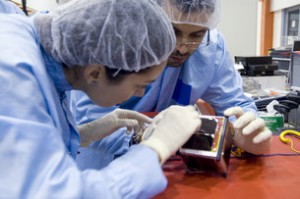
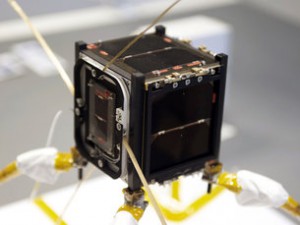
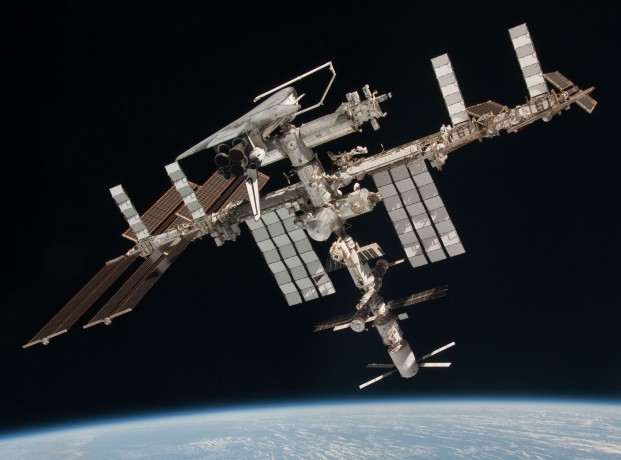
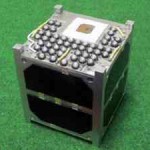 Fitsat-1 (Niwaka) Led Experiment over Europe
Fitsat-1 (Niwaka) Led Experiment over Europe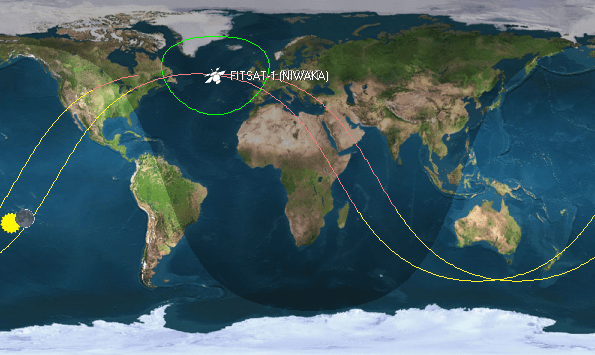
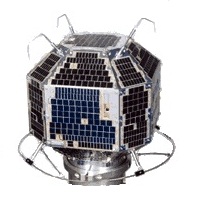 Space debris close to the FO-29
Space debris close to the FO-29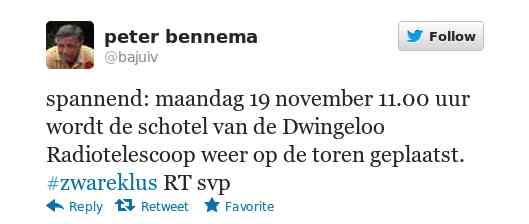
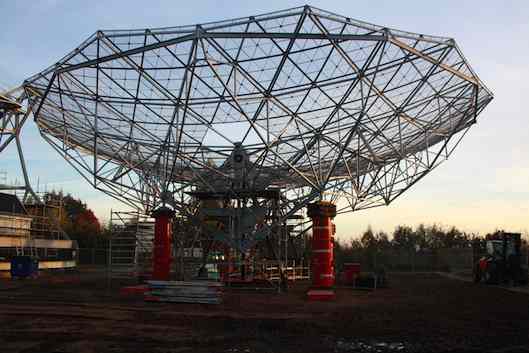
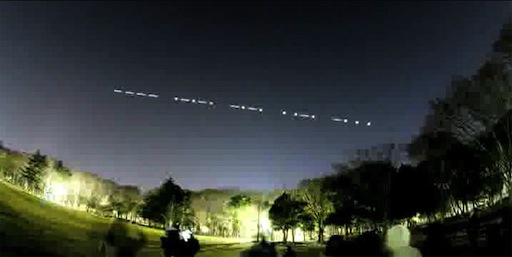 The led experiment comprising a bank of high power LEDs that will be driven with 200W pulses to produce extremely bright flashes that may be visible to the unaided eye of observers on Earth.
The led experiment comprising a bank of high power LEDs that will be driven with 200W pulses to produce extremely bright flashes that may be visible to the unaided eye of observers on Earth.